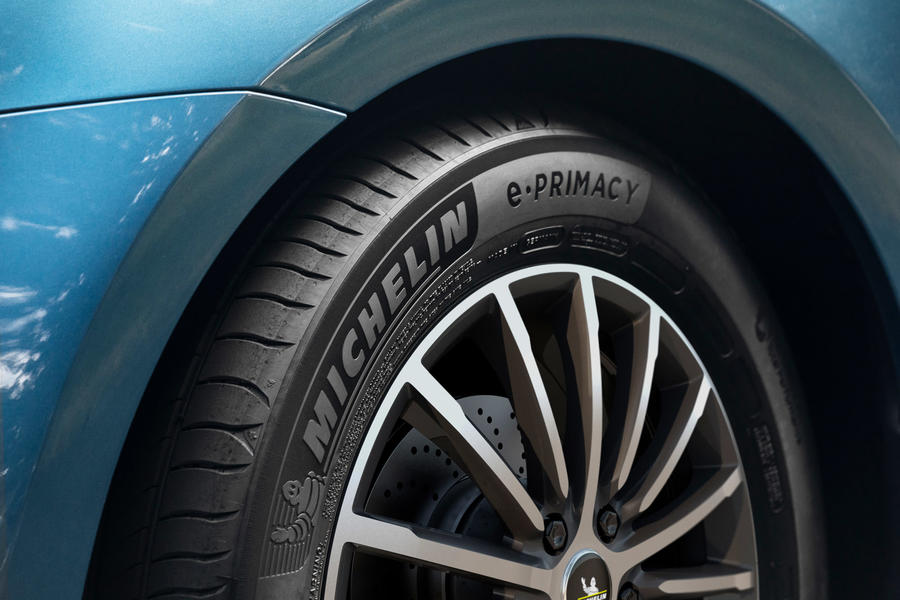Both two- and four-wheel drive cars benefit from traction control, which sometimes involves several different electronic systems
Traction control is pretty common these days. In some ways, it’s an oddity, though, because arguably it doesn’t increase traction and technically the job it does can be achieved in a number of different ways.
Strictly speaking, traction equates to a tyre’s ability to grip the surface when accelerating or braking. A traction control system (TCS) can’t improve that, but it can stop a wheel spinning in a number of ways.
TCSs also go by the initialism ASR, German for Antriebsschlupfregelung, which roughly translates as ‘drive slip control’. That perfectly describes what it does because only a change of tyre, surface conditions or maybe a car’s weight could increase traction.
In that case, how does it work and what does it do? In a conventional driveline with no limited-slip differential (LSD), an ‘open’ differential does the job of allowing the outside wheel to revolve faster when the car corners, while still transmitting torque to both wheels. If grip is lost on one wheel, such as when it’s on a slippery surface, then the wheel spins, no torque goes to the wheel with grip and drive is lost.
This is where the lines become blurred as to whether something is a TCS or something else. The original traction control is a mechanical, clutch-type LSD, which contains the normal gear set plus a clutch pack. When one wheel spins, a mechanism gradually compresses the clutch plates, steadily locking the two wheels together and restoring drive to the wheel with most grip. Because it’s mechanical, the clutch-based LSD does other things as well, like promote oversteer on a rear-wheel-drive car if the settings are aggressive enough, which in turn affects the handling.
On a road car not intended for slinging round a race track or special stage, engineers felt there was room for something a little more benign, something that would control the wheelspin without affecting handling balance. This is just as important with front-wheel drive as rear-wheel drive and it was at a point in the car’s evolution when front-wheel-drive cars began getting serious amounts of power and torque that another way of controlling wheelspin without the need for an LSD became more pressing.
The earliest electronic TCSs (still in use) used the brakes in conjunction with an open diff and the ABS system to prevent one wheel spinning. Signals from the ABS wheel speed sensors tell the system that one driven wheel is spinning faster than it should compared with the other and intervenes by tweaking the brake of the spinning wheel and, if necessary, reducing engine torque.
That can be done in the engine management software by retarding the ignition slightly, or with an electronic, drive-by-wire throttle, simply by backing off a tad. Brakes are used quite gently to control wheelspin but not aggressively enough to steer the car, which is what happens with a stability control system. Other technologies capable of doing a similar job include electronic differentials and torque vectoring systems, which can apportion torque in favour of one wheel or another.
Michelin’s material gain

Michelin says its new e.Primacy tyre can save 0.21 litres of fuel every 60 miles. That’s partly due to the construction and materials, which make the tyre more elastic. As a tyre rolls, it squashes at the bottom and recovers its shape in a continuous process.
When the profile recovers, it expends less energy than it absorbed (hysteresis) and the rest is wasted as heat. The more elastic a tyre, the less the effect.
READ MORE
Under the skin: how natural fibres are providing an alternative to carbonfibre
Under the skin: How variable compression brings the best of both
Under the skin: The Octopus that’s helping Bentley’s sustainability
Source: Autocar
